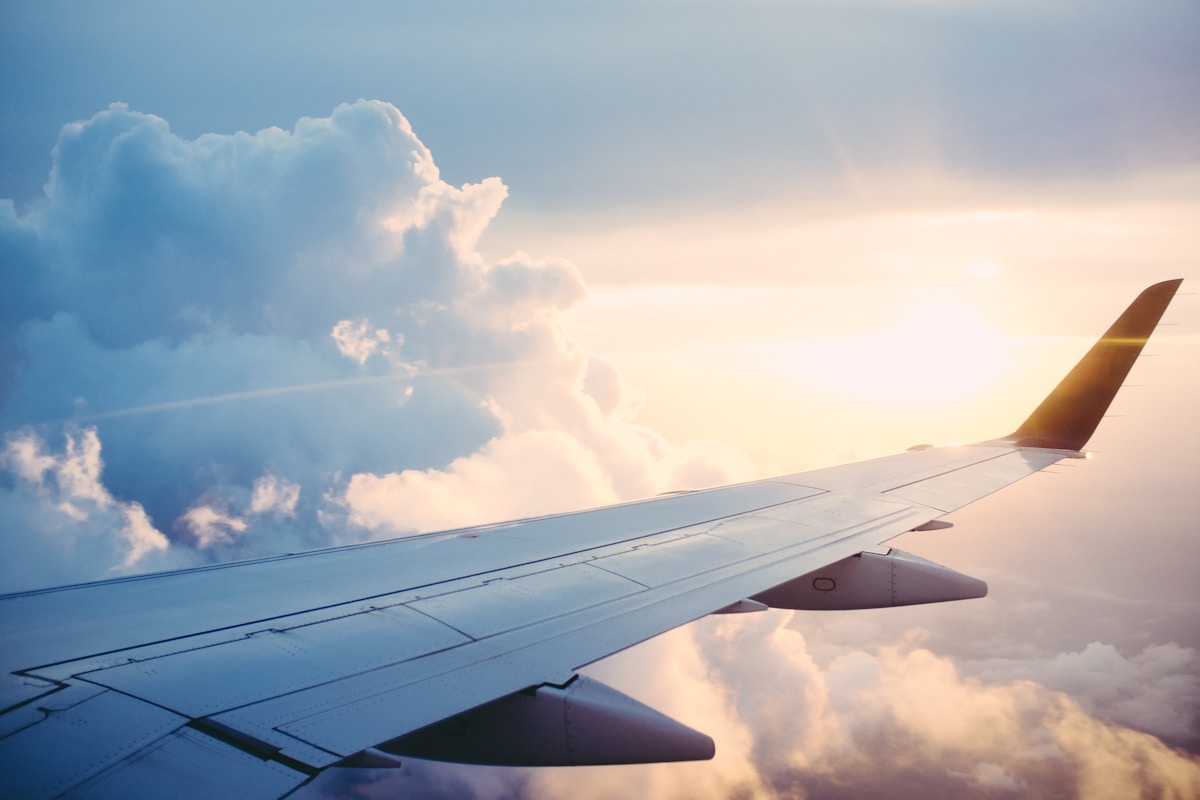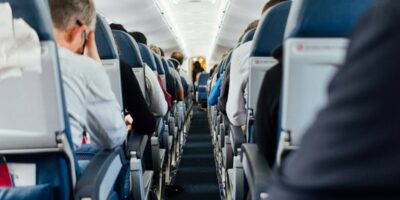
Is It Safe to Fly in the Rain?
Weather can impact travel, especially during seasonal changes and heavier rain periods. When rain starts pouring, people often question the safety of flying. This article clarifies how rain affects flights and addresses safety concerns.
How Planes Handle Rain
Modern aircraft are designed to operate efficiently in various weather conditions, including rain. Technological advancements ensure safe navigation and communication between pilots and air traffic control, even in bad weather.
Airplanes have advanced weather radar systems that detect storms and precipitation. Pilots use this information to navigate around severe weather, avoiding the most dangerous areas. Weather radar and advanced navigation systems allow for safe routing during rainy conditions.
The Impact of Rain on Takeoff and Landing
Takeoff and landing are the most critical phases of flight affected by rain. Wet runways can increase the risk of hydroplaning, but airports use specialized surfaces and drainage systems to minimize this risk. Pilots are trained to handle such conditions by adjusting their techniques and speed.
Modern aircraft have anti-skid braking systems similar to those in cars, which help prevent sliding on wet runways. Additionally, pilots receive real-time updates on runway conditions, enabling them to make informed decisions during takeoff and landing.
Visibility Concerns
Rain can reduce visibility, but pilots are trained to rely on instruments for navigation and control. Instrument Flight Rules (IFR) allow planes to fly safely even when visibility is low. IFR procedures help maintain safe distances between aircraft and ensure proper alignment with runways during landing.
Airports are equipped with Instrument Landing Systems (ILS) that guide pilots during low-visibility conditions. These systems provide precise information on the aircraft’s position relative to the runway, allowing for safe landings even in heavy rain.
Turbulence and Passenger Comfort
Rain can be associated with turbulence, which can make flights uncomfortable for passengers. While turbulence might be unsettling, it’s generally not dangerous. Pilots anticipate and manage turbulence by adjusting the flight path and altitude.
Flight attendants and pilots communicate with passengers to ensure they are informed about expected turbulence. Seatbelt signs are activated to keep passengers safe during bumpy periods, and aircraft are built to withstand stress from turbulent conditions.
Lightning and Aircraft Safety
Flying through thunderstorms can involve exposure to lightning, raising safety concerns. Aircraft are designed to handle lightning strikes. The aluminum skin of airplanes conducts electricity, allowing the charge from a lightning strike to pass through without causing damage.
Modern aircraft are rigorously tested to ensure they can withstand lightning strikes. Pilots avoid thunderstorms whenever possible, using weather radar to steer clear of the most intense areas.
Air Traffic Control and Safety Protocols
Air traffic controllers play a crucial role in maintaining safety during rainy conditions. They monitor weather patterns and provide guidance to pilots, ensuring safe separation between aircraft.
Airports and airlines have strict safety protocols for inclement weather. These protocols include rerouting flights, delaying departures, and sometimes canceling flights in extreme conditions. While these measures can be inconvenient, they prioritize passenger safety.
Maintenance and Aircraft Performance
Aircraft undergo regular maintenance to ensure they’re in top condition for all weather conditions. Specific checks are performed on critical systems such as brakes, engines, and control surfaces to ensure they’re functioning correctly in wet conditions.
Modern aircraft engines are designed to handle rain ingestion without performance degradation. Engine nacelles and inlets have features that deflect water away from core components, preventing issues during flight.
Pilot Training and Experience
Pilots receive extensive training for handling adverse weather conditions, including rain. Simulation exercises prepare them for real-world scenarios, ensuring they’re equipped to manage any challenges that arise.
Experienced pilots have encountered various weather patterns and adjust their strategies accordingly. Their expertise and decision-making skills contribute significantly to flight safety during rain.
Passenger Precautions
Passengers can take simple precautions to enhance their safety during rainy flights. Checking the weather forecast and preparing for potential delays can reduce stress. Dressing comfortably and carrying essentials like snacks and water can improve the travel experience.
Listening to crew instructions and keeping seatbelts fastened when advised ensures passenger safety during turbulent conditions. Additionally, keeping electronic devices charged and handy can help pass the time during delays.
Conclusion
Flying in the rain is generally safe, thanks to aircraft design, pilot training, and robust safety protocols. While rain can introduce challenges like reduced visibility and turbulence, technology and experience mitigate these risks. Passengers should remain informed and prepared to ensure a smooth travel experience.



Subscribe for Updates
Get the latest articles delivered to your inbox.
We respect your privacy. Unsubscribe anytime.